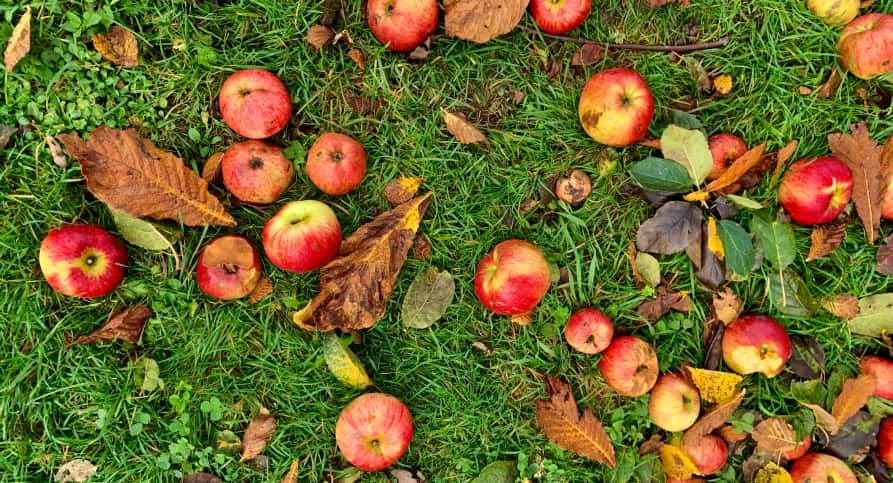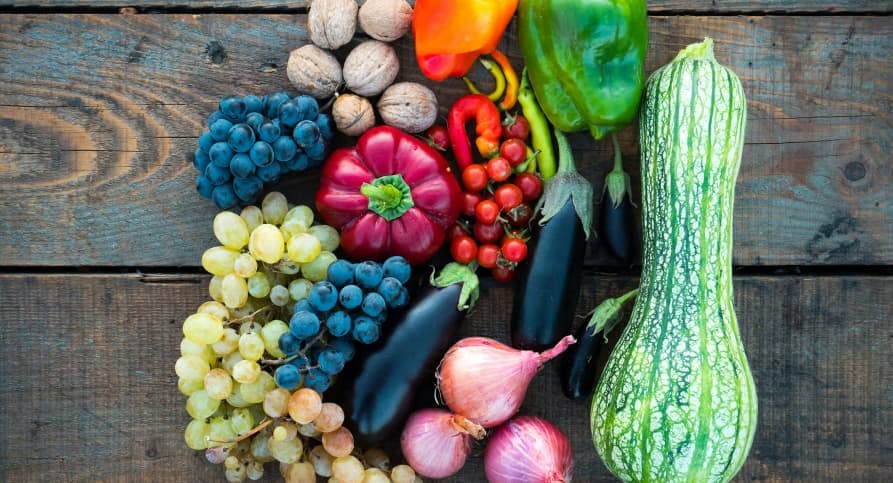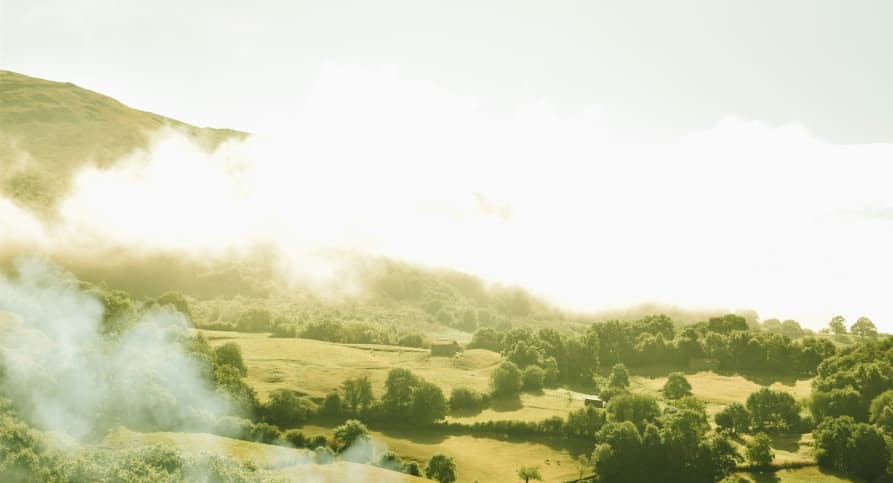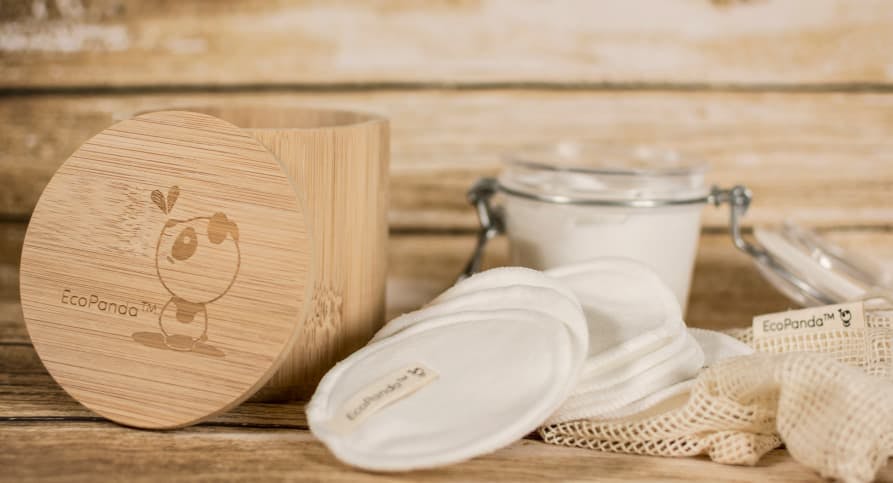
What are the 3 Pillars of Corporate Sustainability?
In this article, we'll explore what the 3 pillars of corporate responsibility are, why they're important, and how businesses can turn them into practical action.
ESG / CSR
Industries



People in countries across the world are making an effort to change their day-to-day actions to be more environmentally friendly to curb emissions and protect future generations, but the human species can’t do it all alone – both local and federal governments need to make an effort to instill a bioeconomy as well.
A bioeconomy refers to the type of economic system which utilises biological resources to help produce goods and services – meaning it can help both the planet and long-term profitability via resource conservation.
In this article, we’ll explain what a bioeconomy is, what the pros and cons of a bioeconomy are, examples of jobs and products, the main differences between a bioeconomy and a circular economy, and how we can effectively make the switch to a bioeconomy.
A bioeconomy is the method of utilizing biological resources, such as biotechnology and biomass, to create more eco-friendly products and services across each area in the economic system to ultimately develop a more sustainable economy.
Despite its potential benefits, a bioeconomy is still a relatively recent tactic – as it only started to take off in 2010 after the “National Research Strategy BioEconomy 2030” was published by the German government. As of now, via Horizon 2020, the EU has continued to research the potential benefits of a bioeconomy and ways in which countries around the world could utilise this tactic to promote greater sustainability.
Notable features of a bioeconomy include:
👉 Ultimately, a bioeconomy is a method to help encourage the protocols necessary to reduce greenhouse gas emissions and find new ways to source sustainable materials – as both are necessary to curb climate change once and for all.

There are several pros and cons to the development and utilization of a bioeconomy – such as promoting sustainability on an economic scale as well as the struggle to ethically and ecologically proceed with the materials and jobs needed to sustain a bioeconomy.
👉 It is important to note that it is ultimately worthwhile to develop a bioeconomy regardless of the potential challenges – seeing as a bioeconomy can help to preserve biodiversity and ecosystems, both of which can help to fight climate change.

Some examples of bioeconomy jobs include roles in research and development for how to harvest and use renewable energy while some examples of bioeconomy products include biodegradable materials, plastics, or resources used to help sustain climate smart and eco-friendly agricultural practices.
Examples of jobs under a bioeconomy include:
Examples of products under a bioeconomy include:
👉 Both jobs and products developed under the ideals of a bioeconomy are essential to spread awareness and effectively promote long-term sustainable practices.

The main difference between a bioeconomy and a circular economy is that a bioeconomy strives to use more renewable resources to help the development of sustainable technology and therefore boost the economy in an ecological way – whereas a circular economy seeks to use natural resources via the creation of a closed loop system.
Additional protocols under a circular economy include:
However, what differentiates a bioeconomy from a circular economy is that a bioeconomy has the advantage of helping to rectify global issues such as by working to ensure food security, protecting fragile water systems, creating green jobs, and reducing emissions and the current dependence on fossil fuels.
On the other hand, a circular economy is more focused on reducing waste and the environmental impact created by a product over the course of its lifecycle.
Regardless of their varying approaches and goals, it is best to incorporate ideals of both a circular economy and a bioeconomy – as when the ideals of both these economies are implemented, it can help to further pontificate the importance of resource conservation and ethical consumption. In other words, the goals of both a circular economy and a bioeconomy are interconnected, and when practiced together – can prove unstoppable in the fight against climate change and the development of more sustainable economies.
👉 Ultimately, a bioeconomy is more focused on promoting the development and use of clean energy to help reduce emissions while simultaneously boosting the economy – while a circular economy aims to work with the natural resources we already have.

We have the choice to transition to the use of a bioeconomy, but it will require local economies or other entities willing to participate to secure a reliable alternative energy source and to develop sustainable production and consumption practices.
Here are some prerequisites to consider when seeking to shift to the use of a bioeconomy:
Overall, a bioeconomy is essential in addition to the development of a circular economy seeing as a bioeconomy prioritises biodiversity, wildlife, and ecosystems – all of which are pivotal to protect in the midst of global warming.
The simultaneous need and desire for economic growth is often what keeps both local and federal governments from transitioning to the use of a bioeconomy, but in reality – it can help to drive economic growth while also creating a healthier atmosphere for our planet, people, and wildlife.
If reading this article about what a bioeconomy is and why it is important has made you interested in reducing your carbon emissions to further fight against climate change – Greenly can help you!
It can be challenging to make the necessary everyday choices needed to help tackle climate change, such as how to align your business with the principles of a bioeconomy – but don’t worry, Greenly is here to help. Click here to schedule a demo to see how Greenly can help you find ways to improve energy efficiency and decrease the dependency on fossil fuels in your own company.
Greenly can help you make an environmental change for the better, starting with a carbon footprint assessment to know how much carbon emissions your company produces.